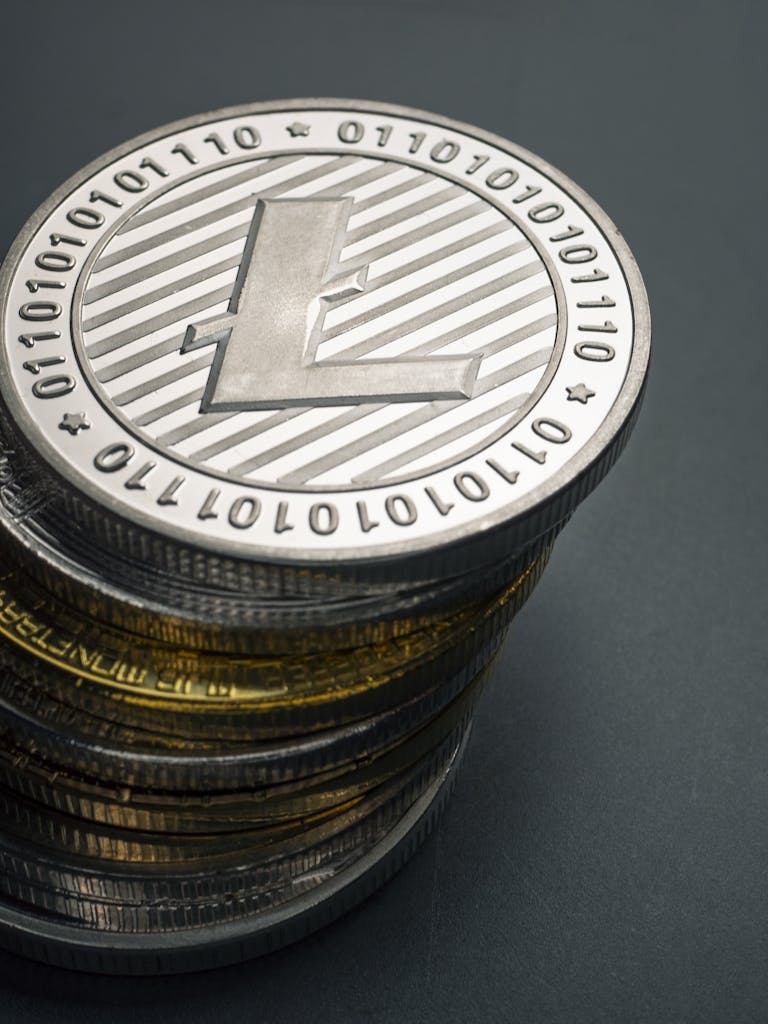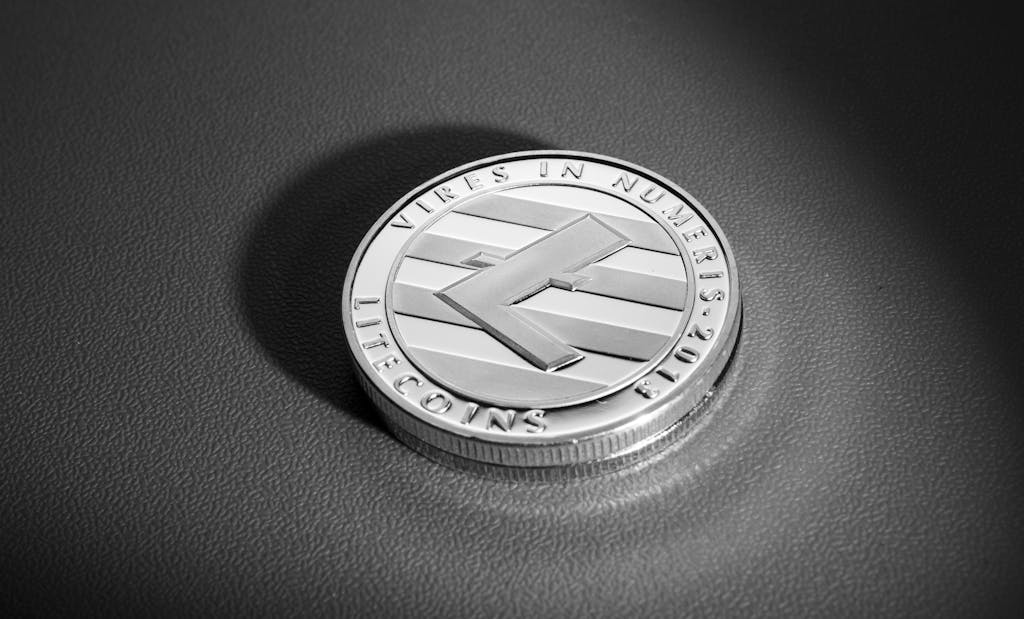Litecoin’s decentralized system is built on blockchain technology, utilizing a peer-to-peer network to facilitate secure and transparent transactions without the need for intermediaries. The key technology behind Litecoin’s decentralized system includes:
- Blockchain Technology: Litecoin, like Bitcoin, operates on a blockchain, which is a distributed ledger that records all transactions across a network of computers. Each transaction is verified by network participants and added to a block, forming a chain of blocks (blockchain). This decentralized and transparent system ensures the integrity and security of transactions.
- Scrypt Proof-of-Work Algorithm: Litecoin uses the Scrypt proof-of-work (PoW) algorithm for mining, which is different from Bitcoin’s SHA-256 algorithm. Scrypt is a memory-hard function that requires more memory than SHA-256, making it more resistant to specialized hardware attacks. This choice of algorithm aims to democratize mining and prevent centralization of mining power.
- Faster Block Generation: Litecoin confirms blocks every 2.5 minutes, compared to Bitcoin’s 10-minute block time. This faster block generation rate allows Litecoin to process transactions more quickly, enhancing the overall speed of the network and making it more suitable for everyday transactions.
- Decentralized Peer-to-Peer Network: Litecoin operates on a decentralized peer-to-peer network, similar to Bitcoin, where transactions are directly conducted between users without the need for a central authority. This decentralized nature ensures that no single entity controls the network, enhancing security and trust in the system.
- Open-Source Development: Litecoin’s codebase is open-source, allowing developers to contribute to its improvement and innovation. This collaborative approach fosters transparency, community involvement, and continuous development to address any weaknesses and enhance the network’s functionality.
In summary, Litecoin’s decentralized system is underpinned by blockchain technology, the Scrypt PoW algorithm, faster block generation, a peer-to-peer network, and open-source development. These technological components work together to create a secure, efficient, and decentralized cryptocurrency network that enables fast and affordable transactions.



